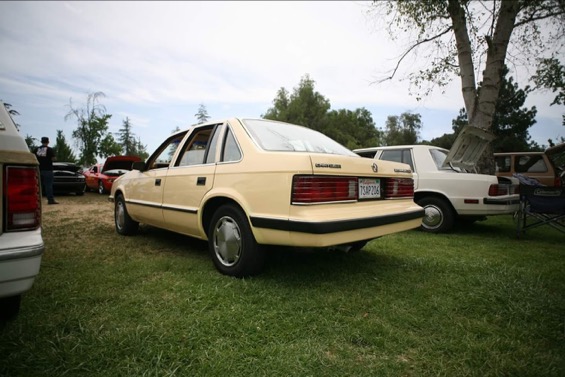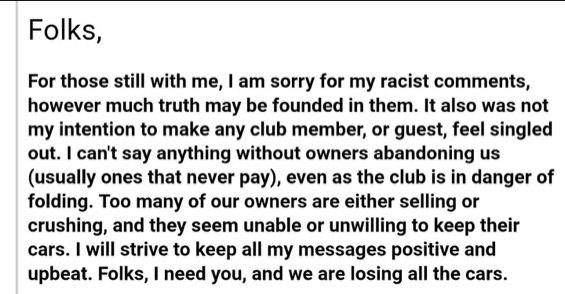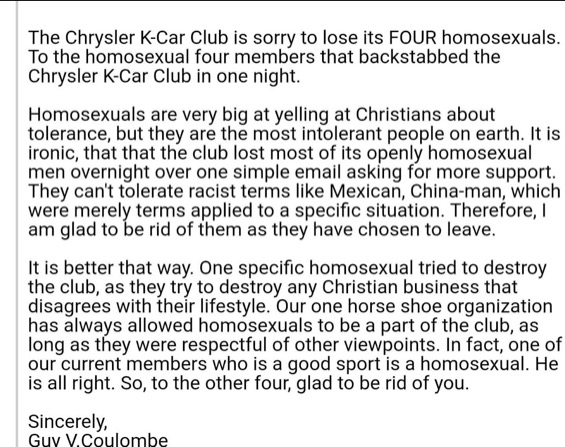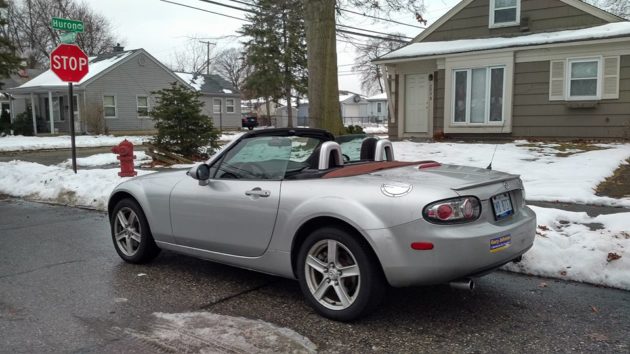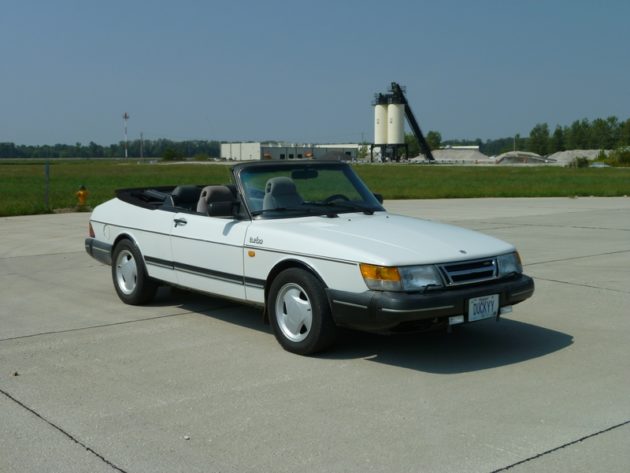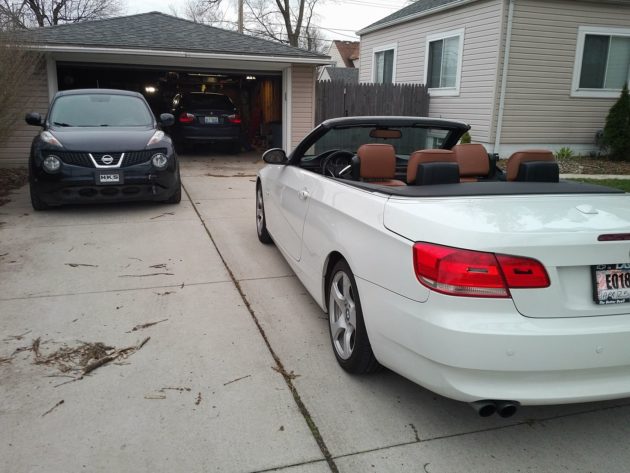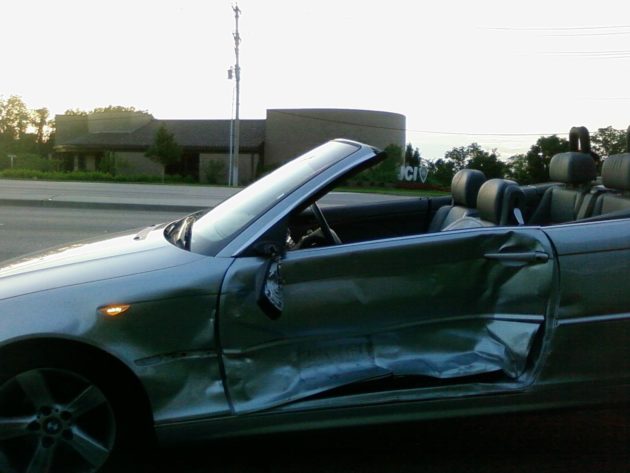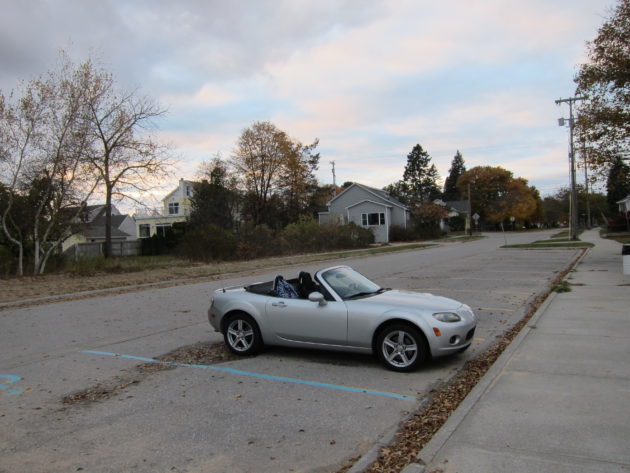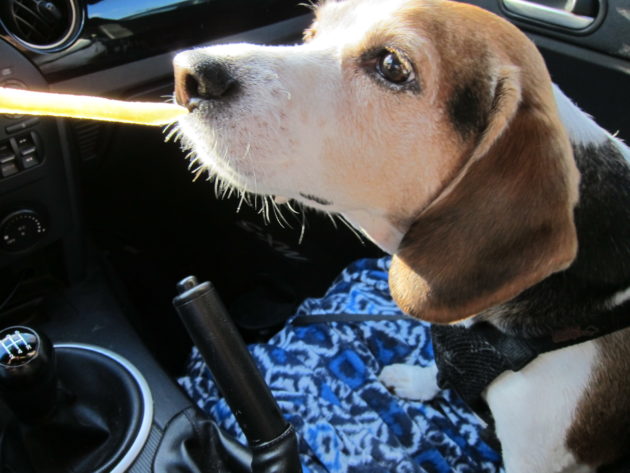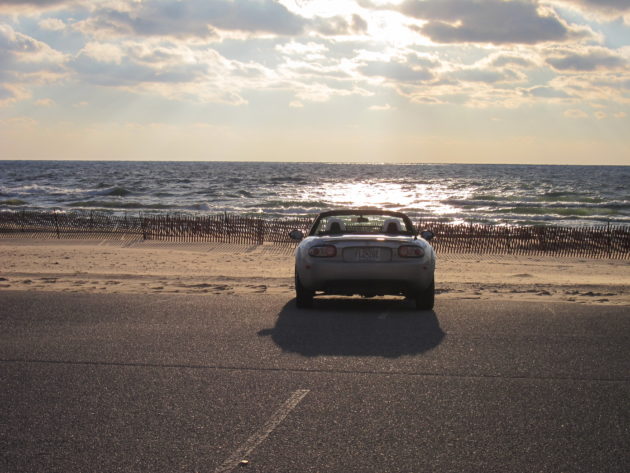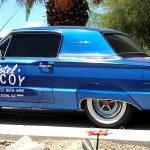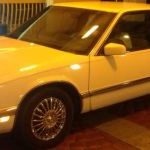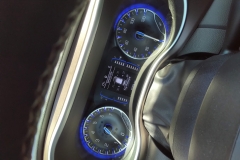Badges are like Tinder profiles. They can say anything, most of it a load of bull, to impress people who probably don’t care.
In the old days, 1980-2000 in my case, before forced induction was the norm, displacement was a point of pride and prestige. The Infiniti “Q45” had a 4.5L V8, the Lexus “LS400” had a 4.0L V8, the BMW “525i” had a 2.5L I6, and Acura went as far as foolishly dropping “Legend” in favor of “3.5 RL.” — I suspect RL stands for Regressive Legend.
And then there were cams and valves. Higher-output Saturns had “TWIN CAM” printed on doors and trunk lids while Cadillacs boasted “32v Northstar,” the branding for GM’s 300hp 4.6L DOHC V8.
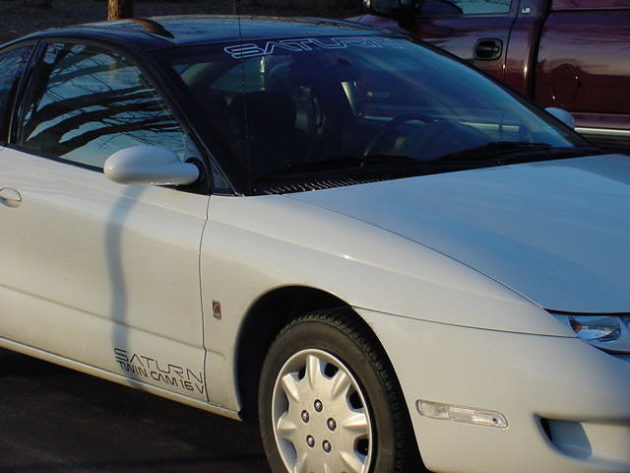
You can’t handle these valves.
The more “stuff” your engine had, the higher the output, the more you likely paid for your car. If you yearn for a higher rung on the social ladder, slap some plastichrome numbers to the trunk lid and COMMENCE PEACOCKING (say it aloud in a boisterous tone as you pound your chest while staring menacingly at your coworkers).
For my father’s generation, displacement was expressed in cubic inches: 327, 440, 500, etc. Downsizing brought on by the oil embargo and emissions regulations, unfortunately, brought average displacements closer to 200ci. To distract the public from a seemingly dystopian low-output future, the industry switched to metric, the equivalent of doing 120 on the highway… in kilometers.
But recently, displacement ceased to matter. Rising fuel economy standards and crude oil at over $100/bbl pushed the industry toward forced induction, formerly the exclusive domain of diesel trucks and performance cars. The Ford Fiesta Ecoboost, boasting a 1.0L 3-cylinder turbo capable of 148 lb-ft of torque, gained a reputation as miniature marvel of efficiency.
In case you’re wondering how a turbocharger produces power, take a snail with a spinny compressor thing inside of it, force feed it some hot air, and unicorns gallop out the other side. Contrary to the muscle car mantra, it is a replacement for displacement.
For marketing purposes, this poses a problem. If 4.6 and 5.0 and 6.2 and 7.0 liters are numbers worth bragging about, what happens as turbo and supercharging lend prestige and power to small displacements like 2.0L and 3.0L?
Does badging then become a meaningless waste of chrome? BMW, Mercedes-Benz, and Infiniti have abandoned displacement-based model numbers in favor of “whatever the hell we want to call it” with no connection to engine size whatsoever, but large, shiny badges on trunk lids and fenders bafflingly remain.
Cadillac’s 2.0L turbo produces more grunt at lower revs than the naturally aspirated 3.6L V6. The twin-turbo 3.0L V6 in the full size CT6 produces over 400hp, an impressive number that would have been worthy of “V,” “M,” or “AMG” branding just ten years earlier. Infiniti’s new Q50, following decades of logic, should have a 5.0L V8. Instead, its twin-turbo V6 powerplant produces 400hp from 3.0L.
Forced induction comes with its own badging too, often with a “T” at the end denoting a turbocharger or an “S” for supercharging. Mercedes-Benz went full schnitzel by slapping an impossible to miss “K O M P R E S S O R” badge across the rear decklid.
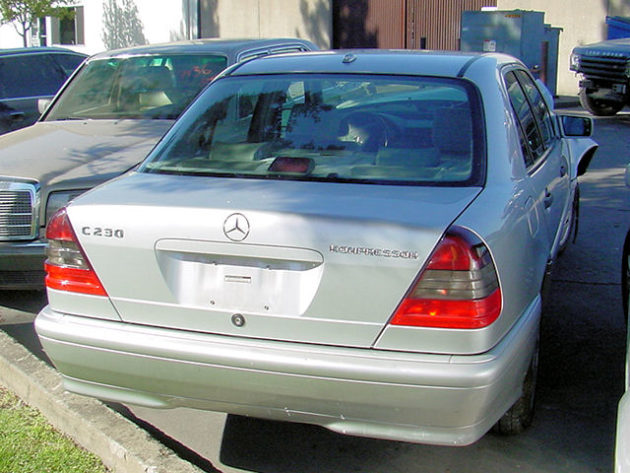
Not just a turbo. It’s a KOMPRESSOR!!!!!!
And electrification complicates the situation further, with Tesla opting for model names that align with battery capacity.
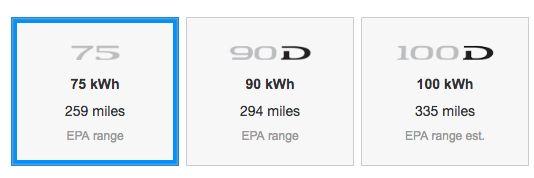
To demonstrate this phenomenon in marketing terms, here’s an example of how the male mind operates in response to vehicle badging:
Bigger numbers >
More powerful engine >
Paid more for the car (or spent time building it) >
Because you have more money >
Because you worked and studied hard >
Because you’re smarter than everyone else >
Because you’re a superior human being >
Therefore, girls want to touch your junk.
Manufacturers know damn well that men are idiots and screw with our lizard brains accordingly.
It seems fair to conclude that no one in 2017 cares about displacement or the chrome badges that identify it. Perhaps Saab, with its decades of turbo development, was decades ahead of its time. Or maybe cars of the future will be identical self-driven electric pods, relegating social status to the domain of jewelry and clothing. We are, after all, a basic species — the moment we commoditize and democratize a technology, we find new ways to divide ourselves into tiers.
In the end, our lives boil down to shallow attempts at finding meaning through short, trite, and wasteful behaviors, so feel free to pluck the badges off your car. Of course, as the guy in a base model BMW with a meager 230hp, that’s exactly what you’d expect me to say.
